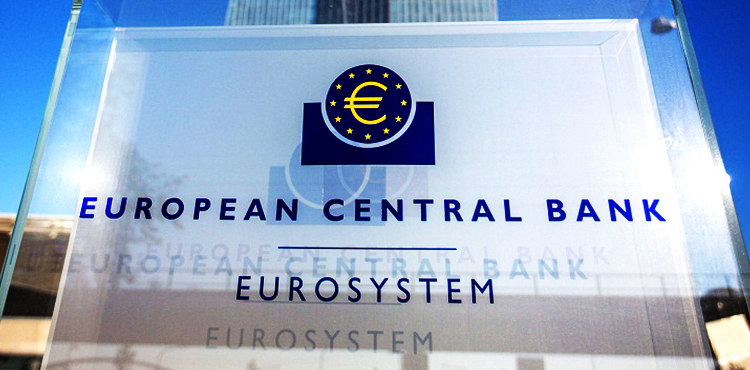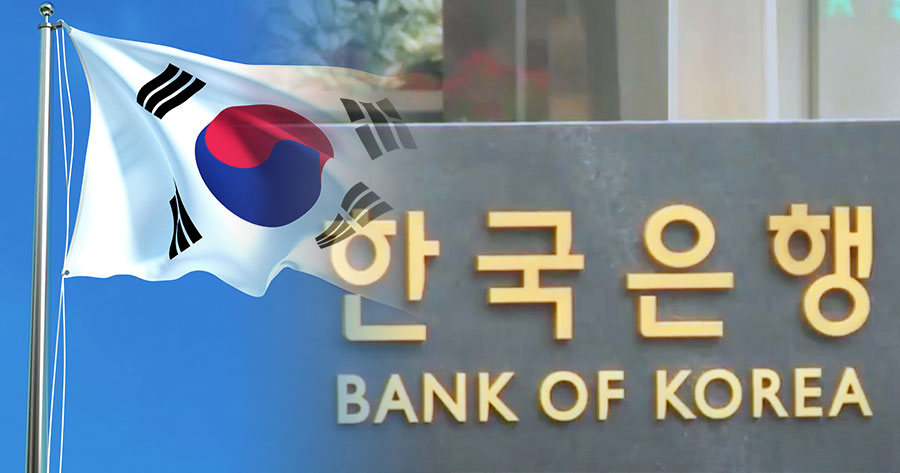After weeks of financial turbulence, the world’s top central banks have signaled a shift away from monetary tightening policy, bringing an end to the interest rate upcycle that began a year ago in a bid to tame record inflation.
The U.S. Federal Reserve, the European Central Bank, and the Bank of England have all raised rates as anticipated last week, yet all have shown caution about their next move, leaving investors uncertain about the direction of borrowing costs.
Following the latest action, the Fed signaled it was close to pausing rate upcycle, while the ECB stated it would no longer provide direction and instead decide at each meeting. As for the BoE, the central bank said it expected the increase in inflation to moderate faster than previously projected.
Raising interest rates is widely understood as the central bank’s major instrument for combating inflation.
As early as the first quarter of 2022, the Fed was maintaining the federal funds rate at around zero. The inflation rate has reached 40-year highs, prompting the central bank to raise interest rates from 0.25% – 0.50% to 4.75% – 5.00% in just one year.
The central banks are worried that the market turmoil would lead to greater funding costs for lenders, which will in turn reduce borrowing, prevent credit growth, and weigh on economic growth.
Netherlands central bank director Klaas Knot told Reuters that “we may have to do less” if the upheaval causes an additional tightening of financing conditions that is not prompted by monetary policy.
On Wednesday, Federal Reserve Chair Jerome Powell issued a similar warning, highlighting the broader implications of higher funding costs for growth, borrowing, and investments.
“Events in the banking system over the past two weeks are likely to result in tighter credit conditions for households and businesses, which would in turn affect economic outcomes,” Powell said.





